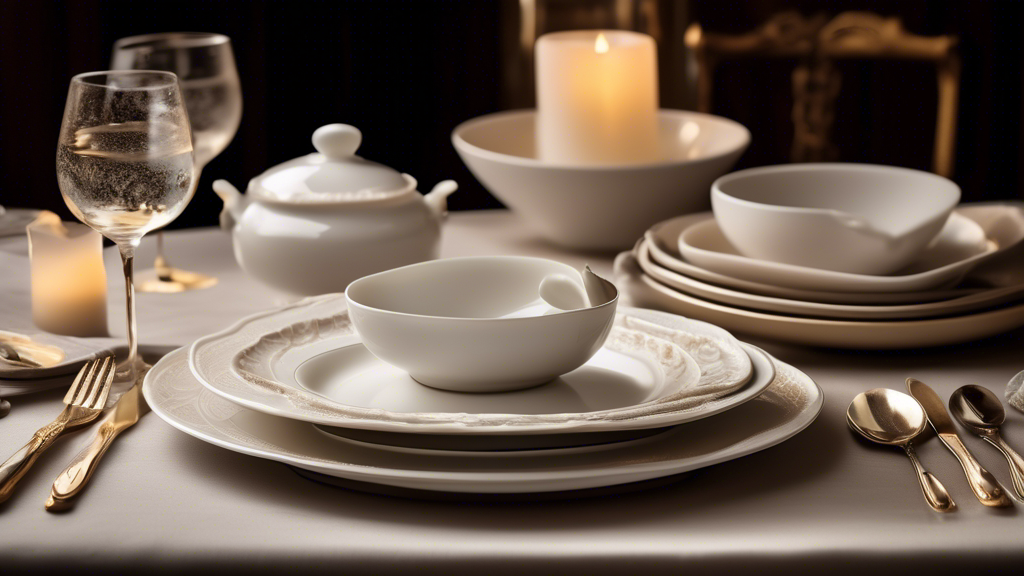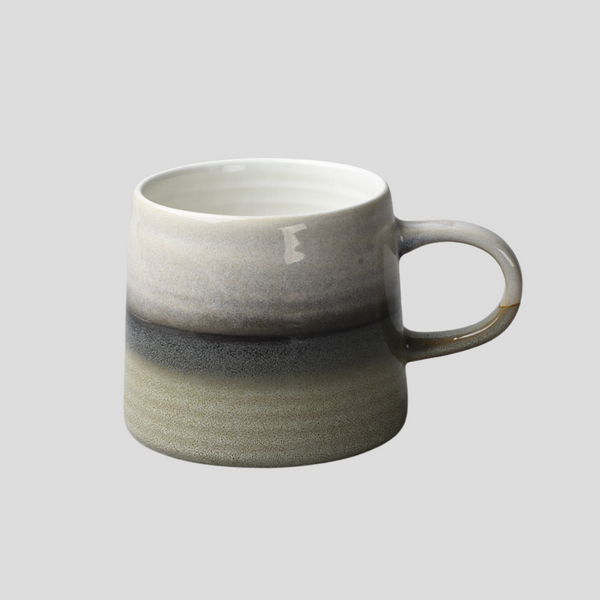
Durable Porcelain Dinnerware: A Guide
Durable Porcelain Dinnerware: A Guide
Choosing the right dinnerware not only elevates your dining experience but also reflects your style and preferences. Among various materials, porcelain stands out for its durability, versatility, and elegant appearance. This guide will explore the qualities of durable porcelain dinnerware, helping you make an informed decision for your table setting.
Introduction to Porcelain Dinnerware
Porcelain, often referred to as china, is a type of ceramic made by heating materials, usually including kaolin, in a kiln to temperatures between 1,200 °C and 1,400 °C. This process results in a vitrified material that is hard, translucent, and finely textured. Porcelain dinnerware is revered for its delicate appearance yet incredible durability and strength.
Benefits of Porcelain Dinnerware
- Durability: Porcelain is more durable than other types of ceramic dinnerware, such as earthenware or stoneware. It is less likely to chip, crack, or break with daily use, making it a practical choice for both casual and formal dining.
- Versatility: Porcelain dinnerware can withstand high temperatures, making it microwave and oven safe. It's also freezer safe, providing flexibility in storing food.
- Easy Maintenance: Most porcelain dinnerware is dishwasher safe, which simplifies cleaning. Its non-porous surface also means that it doesn't stain easily and retains its luster over time.
- Aesthetic Appeal: Porcelain has a natural white, translucent quality that gives it an elegant and refined look. It acts as a blank canvas for food, enhancing the presentation of any dish.
Types of Porcelain Dinnerware
Porcelain dinnerware comes in various types, each made with different compositions and techniques, which affect their durability and appearance.
Bone China versus Hard-Paste Porcelain
The main distinction in porcelain dinnerware is between bone china and hard-paste porcelain. Bone china is made with bone ash, which gives it a warm, soft appearance and remarkable strength despite its thinness. Hard-paste porcelain, on the other hand, is made with a mixture of clay and feldspar, resulting in a harder, more durable product that often features a brighter white color.
Choosing the Right Porcelain Dinnerware for Your Needs
When selecting porcelain dinnerware, consider the balance between functionality and aesthetics. For everyday use, look for options that are chip-resistant and dishwasher safe. For formal occasions, you may favor intricate designs and shapes that complement your dining decor. Additionally, think about your lifestyle and how you plan to use your dinnerware. If you frequently entertain or have young children, durability should be a top priority.
Caring for Your Porcelain Dinnerware
To ensure the longevity of your porcelain dinnerware, a few care tips are essential:
- While most porcelain is dishwasher safe, hand washing can further prevent chipping and preserve the finish of hand-painted designs.
- Use a mild detergent and avoid abrasive scrubbers to keep the surface smooth and free of scratches.
- When stacking your dinnerware, consider placing napkins or felt dividers between pieces to avoid scratching.
- Avoid sudden temperature changes, such as moving a plate directly from the fridge to the microwave, as it can cause cracking.
Conclusion
Durable porcelain dinnerware combines elegance with everyday practicality. Its versatility, ease of maintenance, and robustness make it an excellent investment for any household. By understanding the types of porcelain and how to care for them, you can select and maintain a dinnerware set that will serve you beautifully for years to come.
Click this link to check out our ceramic artwork!
















































